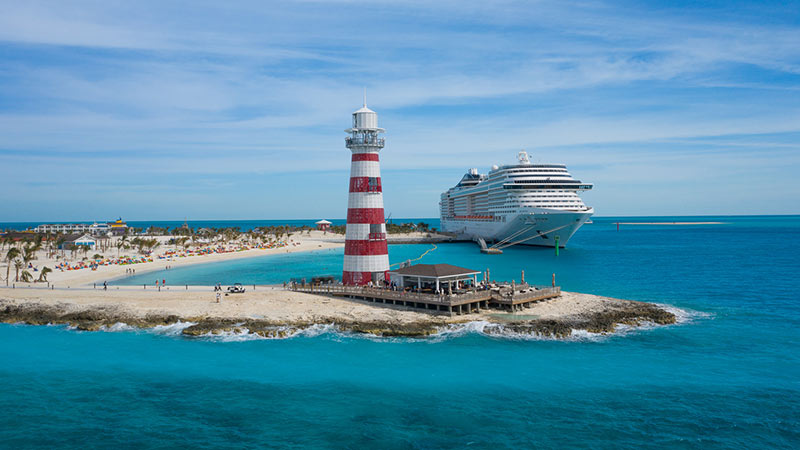
With up to 22 new ships on order for deliveries through 2030, Achille Staiano, vice president of global sales for MSC Cruises, told Cruise Industry News that the company is continuously looking for new destinations.
“We have grown 800 percent over the past 10 years,” he said, “and we are accelerating our rate of growth going forward. Over the next few years, we will be introducing up to two, even three ships in one year. The new ships will push us to be on our toes in every market.
“Basically, this means two things: we have to attract new customers and we have to keep our repeat customers happy. That in turn means that on the one hand we must consolidate our destinations and main markets, and on the other hand, that we must always be researching new destinations.
“Looking at the distribution we have, the many different nationalities we carry, we are a truly international player operating on five continents, and when we introduce new ideas or new destinations, we want to be different from our competitors.”
Expanding aggressively, Staiano noted that MSC Cruises’ ships bring business to ports and destinations and that in return the company expects port charges and fees to reflect the line’s increased revenue generation.
“We offer continuity and business for everybody,” he explained. Referring to the so-called Blue Economy, Staiano said that cruise ships benefit not only the people who work on the ships, but also tour operators, taxi drivers, shops and restaurants, and noted that the average expenditure per passenger in each destination is growing, estimated from 100 to 150 euros.
“Ports need to be equitable business partners. For those around the world that do not develop their infrastructure, such as improving the logistics of the passenger flow, will face challenges from all the cruise lines.
“We are always willing to sit down to discuss and resolve issues, not only with ports, but with governments and service providers. We need to make sure the facilities can handle our current and expected volumes of passengers. But in the absence of local investments, we could seek opportunities elsewhere in destinations that are more financially viable for our business and for our guests.”
MSC Cruises’ new ships are typically first deployed in the Western Mediterranean, consolidating the brand’s leadership position there, according to Staiano. In addition, the new ships often move to other markets during the winter season, not only to increase capacity there, but to drive demand and broaden the markets.
The MSC Grandiosa, launching service late last year, spent the winter in the Mediterranean and will continue to sail there throughout the summer season. She then goes to South America for the 2020-2021 winter season before returning to the Mediterranean.
When the company’s first LNG-fueled ship, the MSC Europa, is launched in 2022, she will be deployed in the Mediterranean or Northern Europe, Staiano said, noting that a final decision had not yet been made a press time.
He added that the World Class ship will introduce many new features, including a double promenade, inside and outside, as well as more balcony cabins, more restaurants and more entertainment.
Not only is MSC building more big ships, it has also announced a new series of 1,000-passenger ships for the luxury market. Larger than the ships of the traditional luxury operators today, Staiano said they reflect a very specific market strategy, although he would not go into detail, adding that the exact deployment and itineraries have not been finalized yet.
“We are looking forward also in terms of improving, new technologies, new systems, environmental protection and fuel savings with the ultimate goal of having happy guests, which will be affecting everything we do. And while we are committed to a zero emissions target and protecting the environment, ports should do likewise and invest in more environmentally friendly systems, such as shorepower.”
Excerpt from Cruise Industry News Quarterly Magazine: Spring 2020




